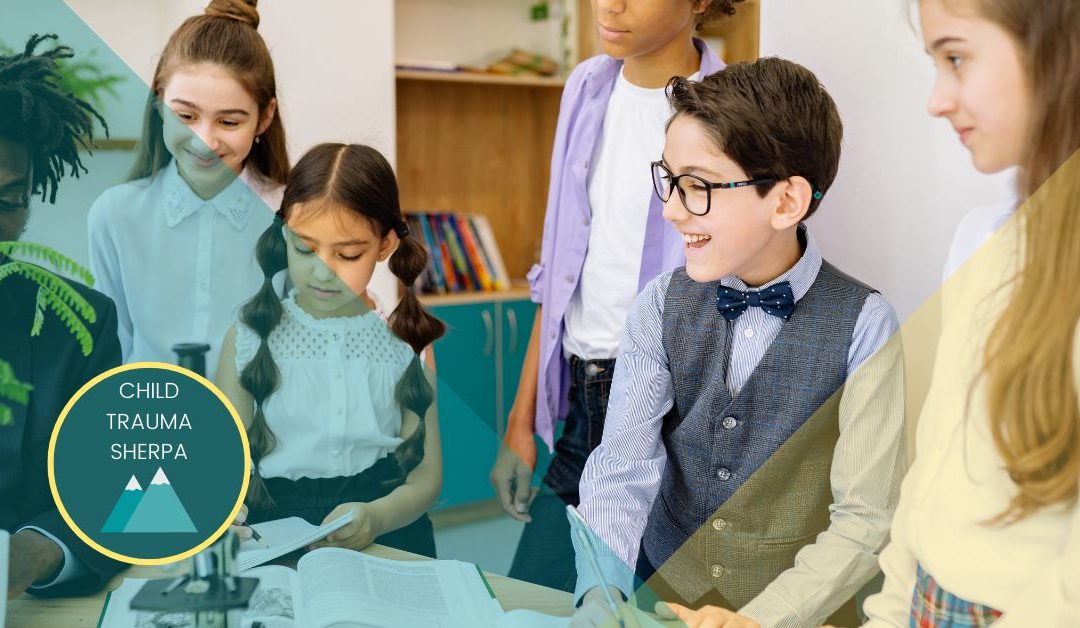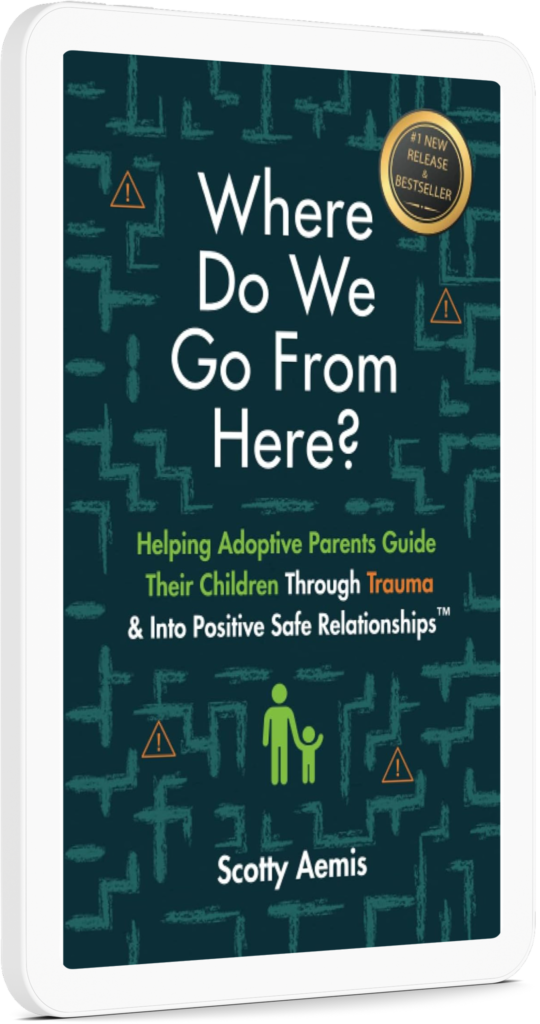Helping Students Internally Regulate in Order to Focus
Every human experiences the world through their external five senses (taste, smell, touch, sight, and hearing) as well as internal senses (interoception and proprioception).
When it comes to students, we know that external sensations can be very distracting to students, such as bright fluorescent lights, the smell of heavy disinfectant, or the texture of scratchy clothes. Other external sensations can also have a distracting effect, such as soft colors, low lighting, and greenery. (this sounds soothing to me?)
But what about internal senses? How do interoception and proprioception influence the experience of students at school?
What Is Interoception?
Interoception is the sense that tells us how our body feels internally. Understanding how our organs feel allows us to take steps to meet our needs. For example, if your stomach is grumbling, you know you need to eat food. This allows us to regulate our bodies so we can remain productive and alert. Kids who struggle with the interoceptive sense may have trouble knowing when they feel hungry, full, hot, cold, or thirsty. Having trouble with this sense can also make self-regulation a challenge. Think about how you might feel when you’re hungry and unable to satiate that need for a couple of hours.
What is Proprioception?
Proprioception is the sense that helps our bodies feel grounded in space. It helps us sense movement, action, and location. Our brain receives information from receptors in our skin, muscles, and joints telling us where our bodies are in relation to our surroundings. This sense plays a large role in regulation and our ability to focus.
When a student’s proprioceptive system is not in sync with their body, this often results in behaviors such as bumping into objects, clumsiness, poor motor control, slouching (which is often misinterpreted as laziness), and even difficulty sensing how much force is needed for an action. They can appear to seek out more risky and aggressive behaviors as their senses seek proprioceptive feedback.
How to Help Students Feel Grounded
It’s important to start the day off right and keep students feeling grounded throughout the day. We can support them in school by providing them with proprioceptive input throughout the school day.
These activities stimulate three important regions of the brain that help promote an optimal state for learning and focused attention. They can either involve heavy muscle work, which provides resistance to our muscles, or deep pressure, which provides firm and consistent sensory input to our muscles.
Activities to Promote Feeling Grounded
Here are some heavy work and deep pressure activities you can do with your students to help them feel grounded.
For All Learners
- Chair push-ups or wall push-ups
- Cardiovascular activities such as jump rope or running
- Utilizing or manipulating items such as putty, dough, slime, or stress balls
- Utilizing weighted blankets or lap pad, sitting on a bean bag, or hanging from playground equipment
For Young Learners
- Animal walks (walking like a particular animal)
- Filling a box with toys or books and having a child push it across the room
- Jumping activities such as jumping jacks or hopping on one foot
- Oral activities such as blowing bubbles
- Completing work on their stomach while propped up on their elbows
For Older Learners
- Passing out heavy books
- Oral activities such as chewing gum
- Exercises such as squats, jumping jacks, or high knees
Key Takeaways
Incorporating these strategies into the daily classroom routine can help students regulate their internal senses, clearing the way for focusing on the lesson plan in front of them. I recommend doing one of these activities every two hours to help students reset their nervous systems and feel more grounded. I also recommend reaching out to an occupational therapist within your district to help you devise activities that are safe and healthy for all students!


